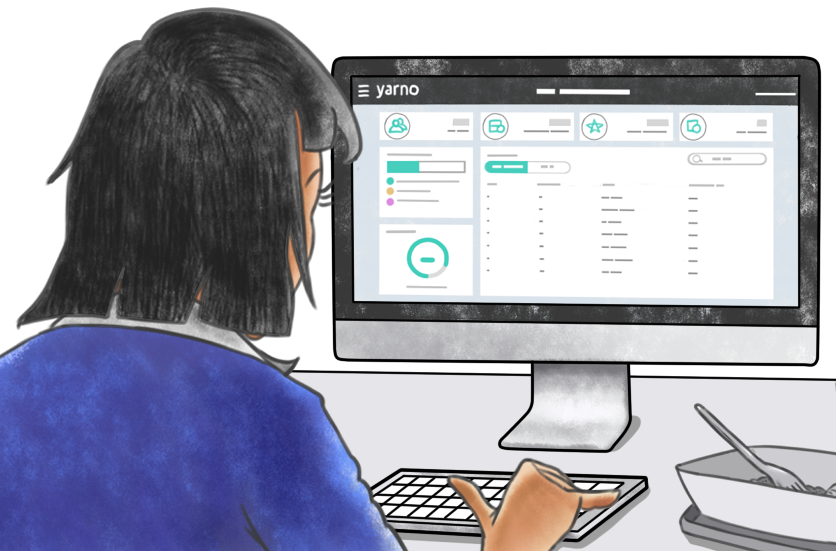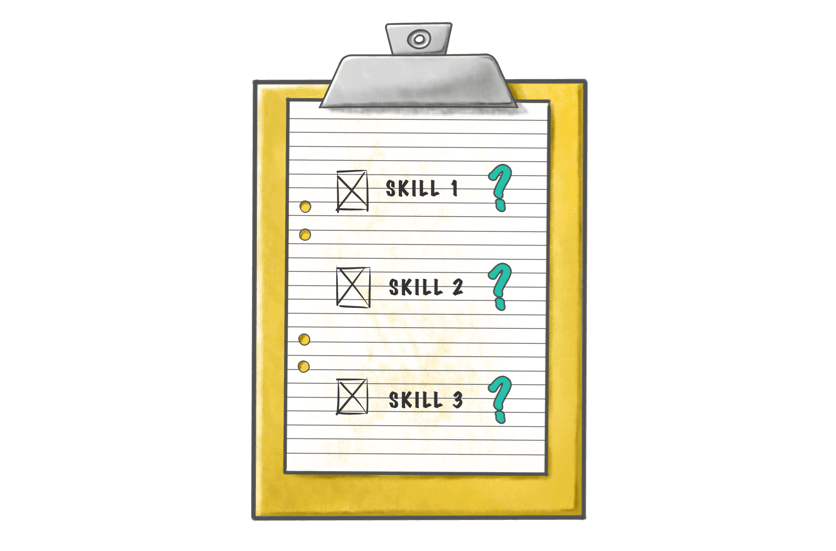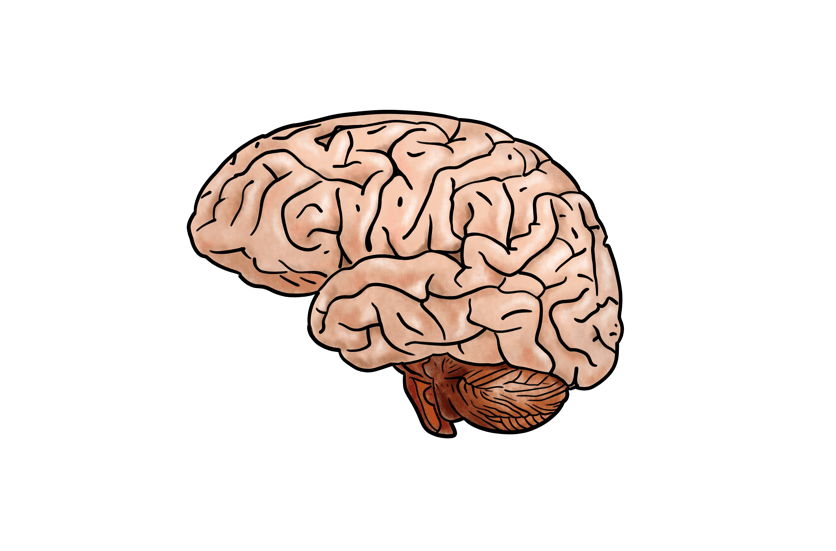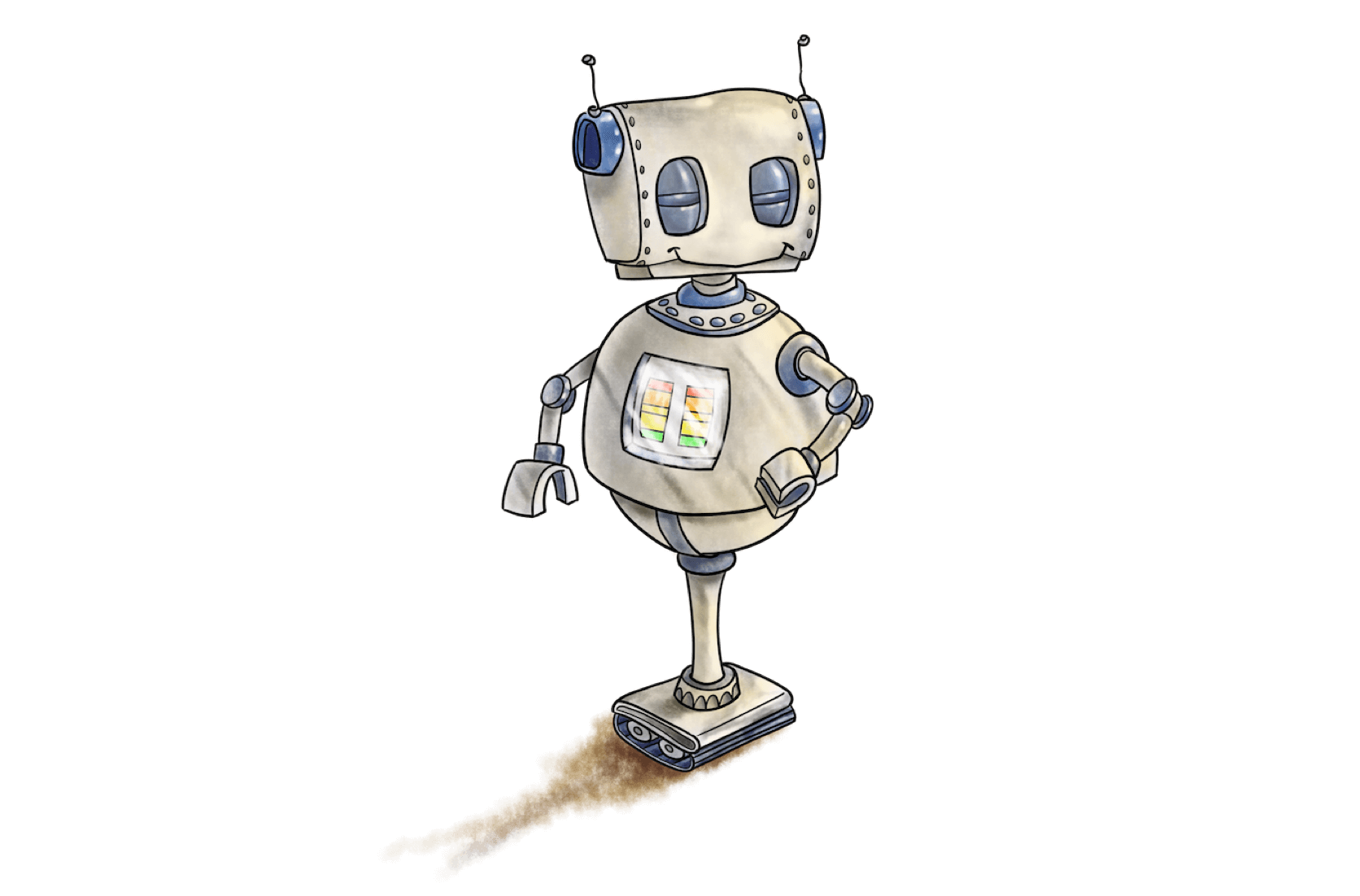
Artificial intelligence (AI) is transforming the way organisations design and deliver training. From automating instructional content creation to tailoring training experiences for individual learners, AI offers many opportunities for the learning and development (L&D) industry. But as with any new technology, success with AI requires time, effort and thought. Over the past two years, I’ve been involved in a longterm project testing, designing and integrating generative AI (GenAI) into an online learning platform. In this process, I’ve gained a better understanding of the potential and the practical challenges of integrating AI into a training platform.
Here’s what I’ve learnt:
1. AI isn’t so intelligent
Generative AI’s human-friendly, chat-based interface creates the illusion of interacting with a real, thinking person. People treat GenAI like a therapist, a friend, or a reliable expert — but these tools are machines, not people.

Unlike humans, they’re not able to think critically about their instructions or understand their own output. And because their responses are based on a limited (though admittedly huge) corpus of data, they’re also prone to error. When these errors are presented as fact (“hallucinations”), they become very difficult to spot.
For L&D professionals, this poses significant risks, especially when creating training content. AI’s weak spots are particularly evident in areas like maths and finance, region-specific material (e.g., law), and, unsurprisingly, any private or proprietary information that is not widely available in the public domain. Without human expertise to verify accuracy, the chance of learners encountering biased, plagiarised, or incorrect material increases dramatically. The takeaway? AI-generated material has to be independently verified to avoid errors and ensure credibility. Its outputs are only as good as the oversight applied to them.
2. You have to know what you want in order to ask for it
The quality of AI’s output depends on the prompts it receives. Prompts are the blueprint for a response, and just like real architectural blueprints, they work best when they’re clear and precise. Before engaging with an AI tool, L&D professionals need to understand and define the problem they’re trying to solve, and consider the desired outcome. For instructional designers, the approach to crafting effective prompts is similar to creating great training. GenAI tools work best when they’re given context about the audience and purpose of the content. For example, rather than asking AI to “produce a training module on effective leadership”, a better prompt will include specifics about who the learners are, what their current skill level is and where it needs to be.
Refining prompts needs to be an iterative process. Testing and tweaking prompts with input from a diverse team — including some AI novices — can help uncover new ways to improve output quality and produce content that is accessible for a broad range of people. Ultimately, successful prompt writing requires practice, iteration, and a willingness to experiment. When done well, it unlocks AI’s potential to generate effective and reliable outputs.

3. Everyone needs to understand how AI works
AI is here to stay. That means building AI literacy across teams is essential. In my workplace, I’m part of a dedicated working group that meets regularly to explore AI’s strengths and limitations. In these sessions, team members with varying levels of technical expertise gain a clearer understanding of how AI operates, including what the technology can do, how it handles data, and its potential risks. The discussions provide space to explore ethical, privacy, and legal concerns, creating an environment where people feel comfortable asking questions and sharing their perspectives.
This deliberate effort has a significant impact. Better transparency around AI not only strengthens AI literacy but also encourages team members to engage more thoughtfully with the tool, creating a sense of shared responsibility and equipping the team to use AI responsibly and confidently. This foundation of knowledge and trust is critical for navigating the challenges and opportunities AI presents.
4. AI doesn’t get writer’s block
So what is AI good for? One of GenAI’s great strengths is breaking through the “blank page dilemma”. For L&D professionals, this can mean drafting content, providing ideas for structures or finding new ways to approach tired material. Providing prompts through the chat-based interface of GenAI is like slowly programming a machine — building iterative conversations that allow you to refine responses bit by bit. AI is like a tireless member of a TV writer’s room: it keeps pitching, keeps typing and never runs out of steam. This makes it a valuable brainstorming partner.
However, AI outputs are starting points, not finished products. It’s up to human professionals to refine and personalise material to ensure it resonates with learners. When used thoughtfully, AI can significantly reduce time spent on first drafts, leaving more time for higher-value tasks.
5. AI isn’t afraid to “kill your darlings"
GenAI also excels at editing. By following specific rules and instructions, it can transform raw content into much more polished text. Its strengths include:
- Simplifying complex sentences for clarity.
- Removing repeated words and ensuring conciseness.
- Switching to active voice for stronger, more direct communication.
- Breaking up long paragraphs into digestible chunks.
- Structuring content with consistent formatting, bullet points, and lists to improve scannability.
While AI can be a great text editor, there’s still an important role for humans in the editing and redrafting process. AI-generated text can be sterile and generic, and sometimes includes dated or region-specific vocabulary or spelling that sounds inauthentic. AI also can’t judge humour — it only understands the linguistic structure of a joke, not what makes it funny. This is where the human touch and the human voice are essential to keep creativity and originality intact.

6. AI enhances – not replaces – human expertise
The most important lesson: AI is a tool, not a replacement. As artist Charlie Engman puts it, “We must approach AI with the same mix of curiosity and rigour, humility and assertiveness, recognising that it too is not a monolith but a tool continually shaped by our collective activity.” AI amplifies what humans bring to the table – creativity, contextual understanding and empathy. By using AI as a partner, not a substitute, L&D professionals can scale their efforts while maintaining the quality and originality that make training effective.
AI will revolutionise learning design, but it needs to be used with intention and care. Its strengths – speed, efficiency, and adaptability – are most impactful when paired with human creativity, critical thinking, and expertise. By understanding its limitations, crafting precise prompts and fostering AI literacy within teams, L&D professionals can unlock AI’s true value while reducing risks. The future of L&D isn’t about replacing human expertise with machines, it’s about empowering professionals to work smarter and innovate faster. With thoughtful implementation, AI can help create better learning.
This article first appeared in the March 2025 edition of The AITD Training & Development magazine.


















































































































